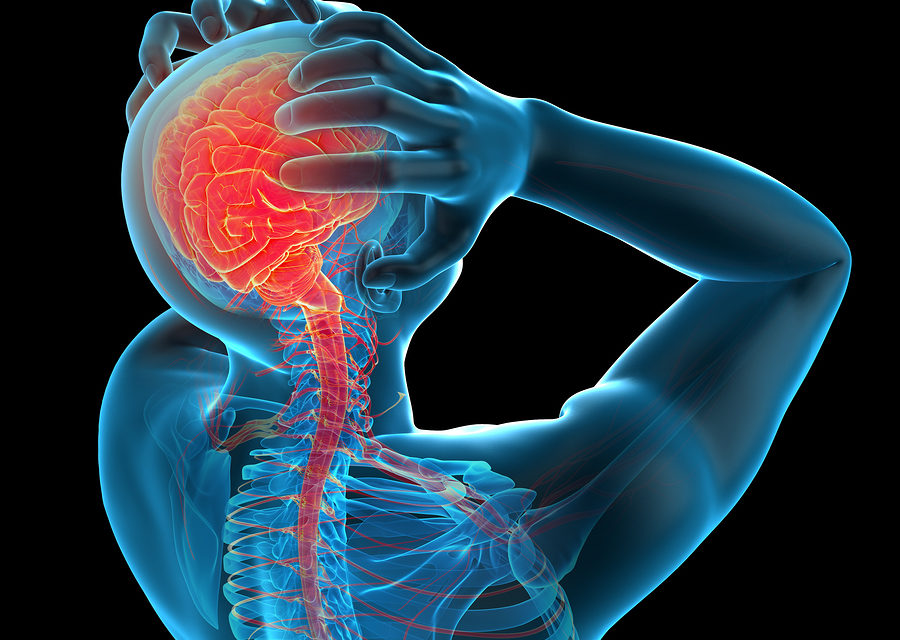Cluster headaches are one-sided headaches that occur in cyclical patterns (clusters). Bouts of frequent attacks are called cluster periods; they may last for weeks or even months. The cluster periods are usually followed by periods of remission when the headaches are absent. Remission periods can last for months or even years. Generally the onset of the headache is sudden. The pain is extremely severe, and one-sided. It is usually around the eye; in fact patients often say that it feels like a hot poker being shoved into the eye. There is often redness, swelling and excessive tearing on the affected side. The eyelid may droop and the pupil may be constricted. There may be migraine-like symptoms, including nausea, sensitivity to light and sound, and aura.
During a cluster period, headaches typically occur every day, sometimes several times a day. The attacks may between 15 minutes and several hours. They generally occur at the same time of day. During an attack patients appear restless, and may pace or rock back and forth while sitting. The movement helps to soothe the attack. In contrast to migraine patients, people with cluster headaches generally avoid lying down during an attack because lying down seems to increase the pain.
In patients with cluster headaches there is generally a decrease in nocturnal melatonin levels. A double-blind, placebo-controlled study, appearing in Cephalgia (1996;16:494-496) looked at 20 patients with cluster headaches and the effect melatonin supplementation had on symptoms. For two weeks subjects were given either 10 grams of melatonin at bedtime or a placebo. The group receiving the melatonin experienced fewer headaches and took less medication than the placebo group. After three to five days of treatment, half of the patients in the treatment group stopped having headaches until the melatonin was discontinued. The journal, Neurology (September 2003;61(2 of 2):865-866) cites three cases where mealtonin effectively relieved idiopathic stabbing headaches. The article recommends an initial dose of 3 mg at bedtime, increasing by 3 mg every 3-4 nights until there is pain relief, with 24 mg being the upper limit





